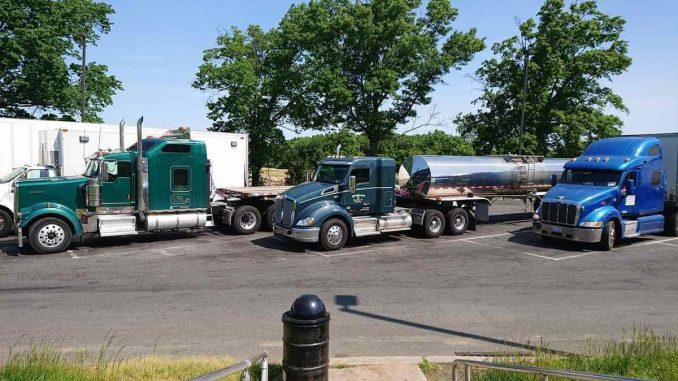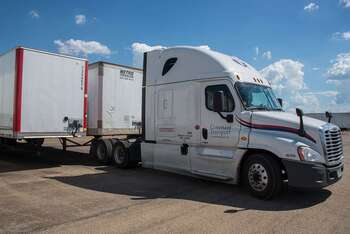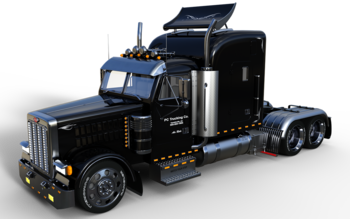
When it comes to transporting goods, trailers play a crucial role in the logistics industry. Two common types of trailers used for hauling cargo are full trailers and semi-trailers. While both serve the same purpose of transporting goods, they have distinct features and applications. In this article, we’ll explore the differences between full trailers and semi-trailers to help you understand their unique characteristics and uses.
 Full Trailer
Full Trailer
A full trailer is a type of trailer that is connected to the towing vehicle by a hitch. It has its own set of wheels and is supported at both the front and rear. Full trailers are typically used for light to medium-duty applications and are commonly seen in recreational vehicles (RVs), utility trailers, and small cargo trailers.
Key Features of Full Trailers
- Independent Mobility: Full trailers have their own set of wheels, allowing them to move independently of the towing vehicle. This provides more stability and control, especially when navigating tight turns or rough terrain.
- Smaller Size: Full trailers are generally smaller in size compared to semi-trailers, making them more maneuverable and easier to park in tight spaces.
- Light to Medium-Duty: Full trailers are suitable for light to medium-duty applications, such as hauling recreational vehicles, landscaping equipment, or household goods.
Semi-Trailer
A semi-trailer, also known as an articulated trailer, is a type of trailer that is attached to a towing vehicle, such as a truck or tractor, using a hitch called a fifth wheel. Unlike full trailers, semi-trailers do not have front wheels and are supported at the front by the towing vehicle. They are commonly used for heavy-duty applications and are the most common type of trailer seen on highways and in shipping yards.
Key Features of Semi-Trailers
- Greater Payload Capacity: Semi-trailers are designed to carry heavier loads compared to full trailers, making them ideal for transporting goods over long distances.
- Articulated Design: The articulated design of semi-trailers allows for greater maneuverability, especially when navigating tight corners or backing up.
- Common in Commercial Use: Semi-trailers are the most common type of trailer used in commercial transportation, including freight shipping, logistics, and long-haul trucking.
Differences Between Full Trailers and Semi-Trailers
- Mobility: Full trailers have independent mobility, while semi-trailers rely on the towing vehicle for movement.
- Size: Full trailers are generally smaller than semi-trailers and are used for lighter-duty applications.
- Payload Capacity: Semi-trailers have a greater payload capacity compared to full trailers, making them suitable for heavy-duty applications.
- Maneuverability: Full trailers are more maneuverable than semi-trailers, especially in tight spaces.
Applications of Full Trailers and Semi-Trailers
- Full Trailers: Used for light to medium-duty applications, such as hauling recreational vehicles, landscaping equipment, and household goods.
- Semi-Trailers: Commonly used in commercial transportation for heavy-duty applications, including freight shipping, logistics, and long-haul trucking.

Conclusion
Both full trailers and semi-trailers play important roles in the transportation industry, each serving different purposes based on their design and capabilities. Understanding the differences between the two can help you choose the right type of trailer for your specific needs, whether you’re hauling household goods or transporting freight across the country. Whether you opt for a full trailer or a semi-trailer, both are essential components of the logistics chain that keep goods moving efficiently and reliably.

Leave a Reply